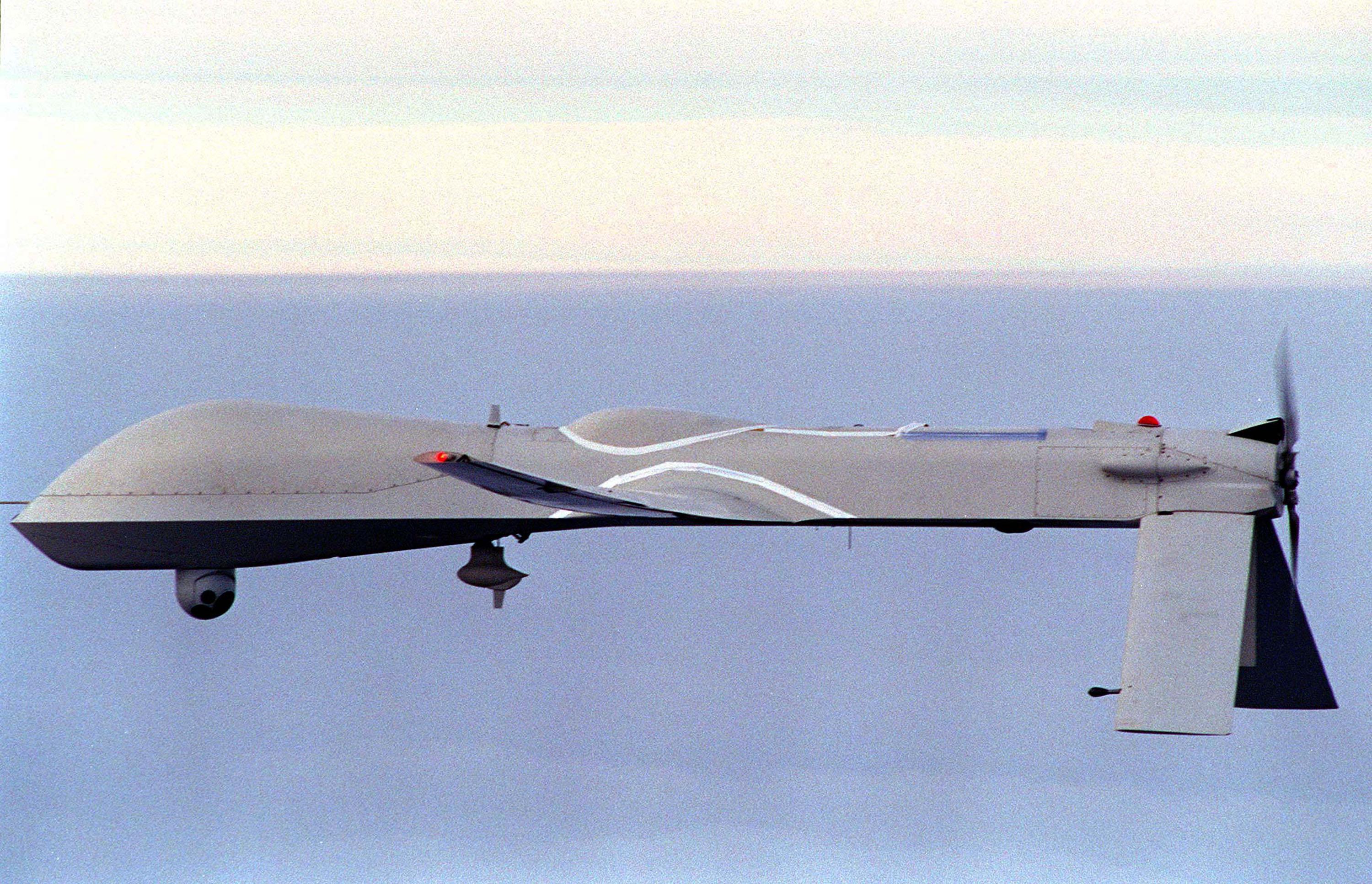Today a Washington Post exclusive revealed that more than 400 “large” U.S. drones—costing millions of dollars each—have crashed since 2001 in serious accidents. The report raises concerns about commercial drone use and the use of drones in civilian airspace.
Agencies like the CIA had been flying unarmed drones over Afghanistan since 2000, but it wasn’t until after 9/11 that they started flying armed drones, according to The Nation.
For the year-long investigation the Post pored over 50,000 pages of accident investigation reports obtained through the Freedom of Information Act and discovered that most of the drones fell from the skies because of bad weather and human error. Even though accident rates have gradually dropped in the past 10 years, military officials admit in the article that drones will “never be as safe as commercial jetliners.”
Here’s more from the Post:
Military drones have slammed into homes, farms, runways, highways, waterways and, in one case, an Air Force C-130 Hercules transport plane in midair. … documents show that many catastrophes have been narrowly averted, often by a few feet, or a few seconds, or pure luck.
In April, a 375-pound Army drone crashed next to an elementary-school playground in Pennsylvania, just a few minutes after students went home for the day. In Upstate New York, the Air Force still cannot find a Reaper that has been missing since November, when it plunged into Lake Ontario. In June 2012, a Navy RQ-4 surveillance drone with a wingspan as wide as a Boeing 757′s nose-dived into Maryland’s Eastern Shore, igniting a wildfire.
While no one has been killed in a drone crash, it does raise questions about the government’s guarantees about the safety of having drones zooming overhead in densely populated areas, or in the same airspace as passenger planes.
“Flying is inherently a dangerous activity. You don’t have to look very far, unfortunately, to see examples of that,” said Dyke Weatherington, director of unmanned warfare for the Pentagon.
The Post piece comes as superintendents of 401 parks draft rules to ban unmanned aircrafts from their parks, citing effects on birds and park visitors.
By next year, a 2012 law will increase commercial drone flights and could make them a common reality. The law will allow the Federal Aviation Administration to issue rules that will steadily allow the extensive integration of drones into civilian airspace.
